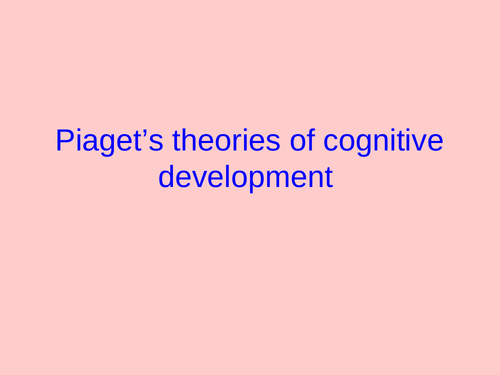Easy 2 Read Resources
EASY 2 READ provides resources created by experienced PGCE teacher of psychology and childcare education. Resources are designed for teaching on the Access to HE and BTEC programmes, but can be pitched to teach AS level psychology too. In addition Easy 2 Read provides resources to deliver Cache level 2 and level 3 early years education. Resources include lesson plans, PowerPoint presentations, handouts, activities, Q/A worksheets and quizzes to assess learning.





















